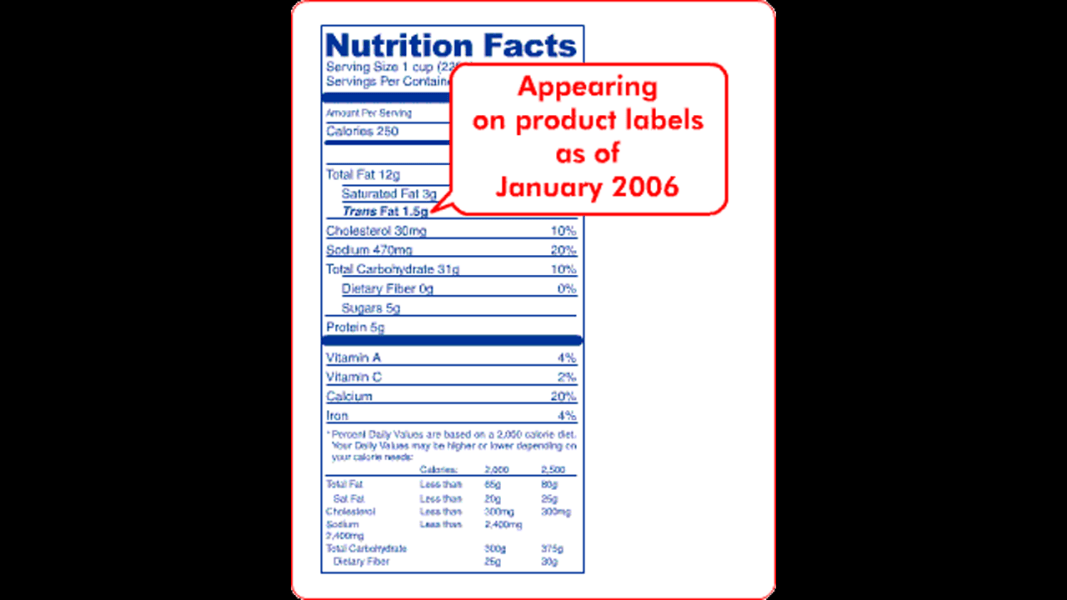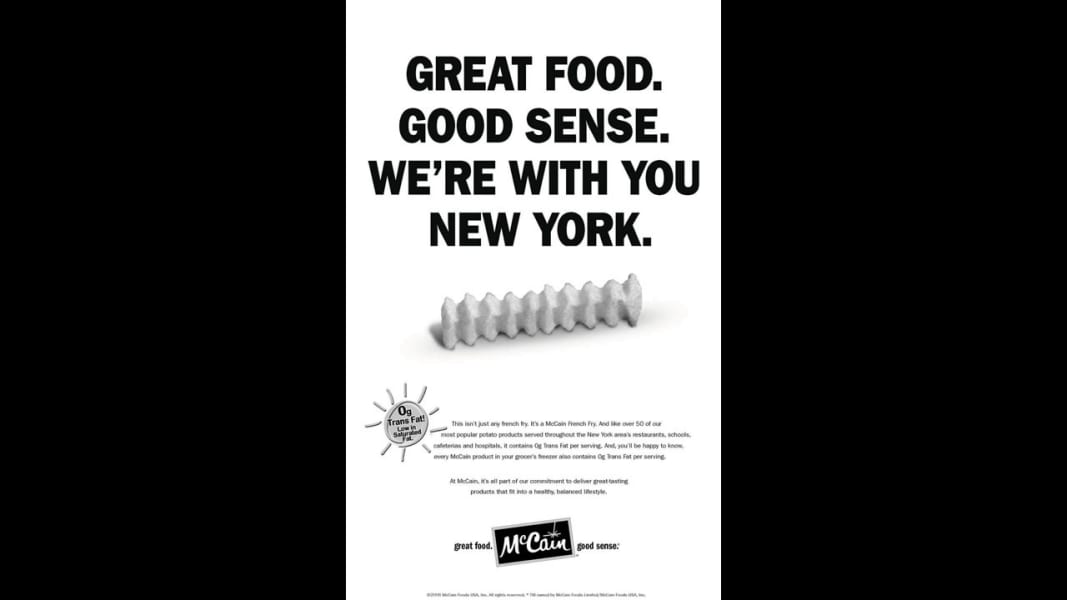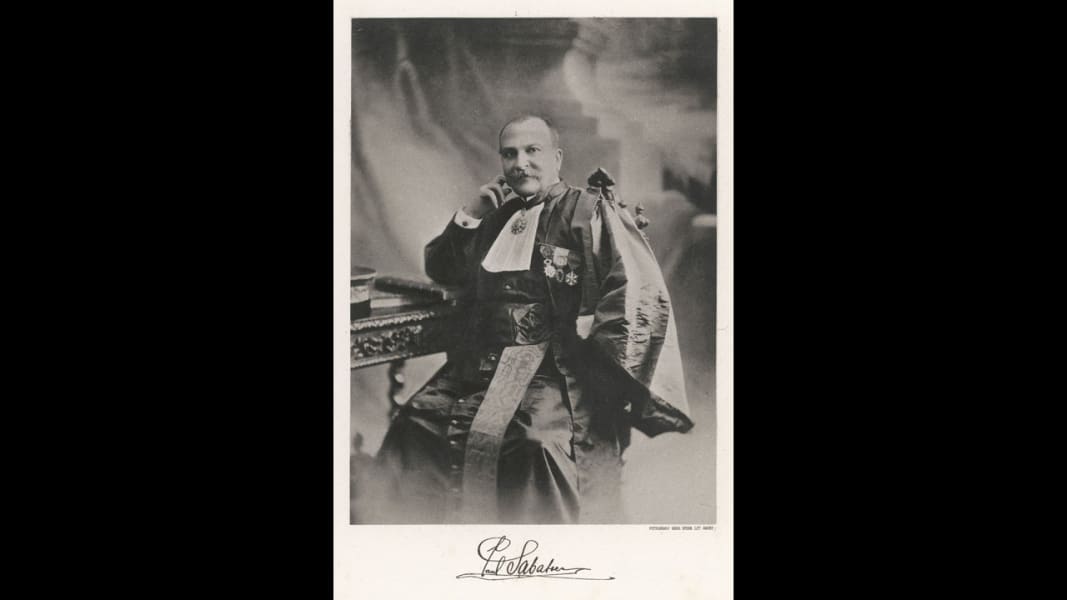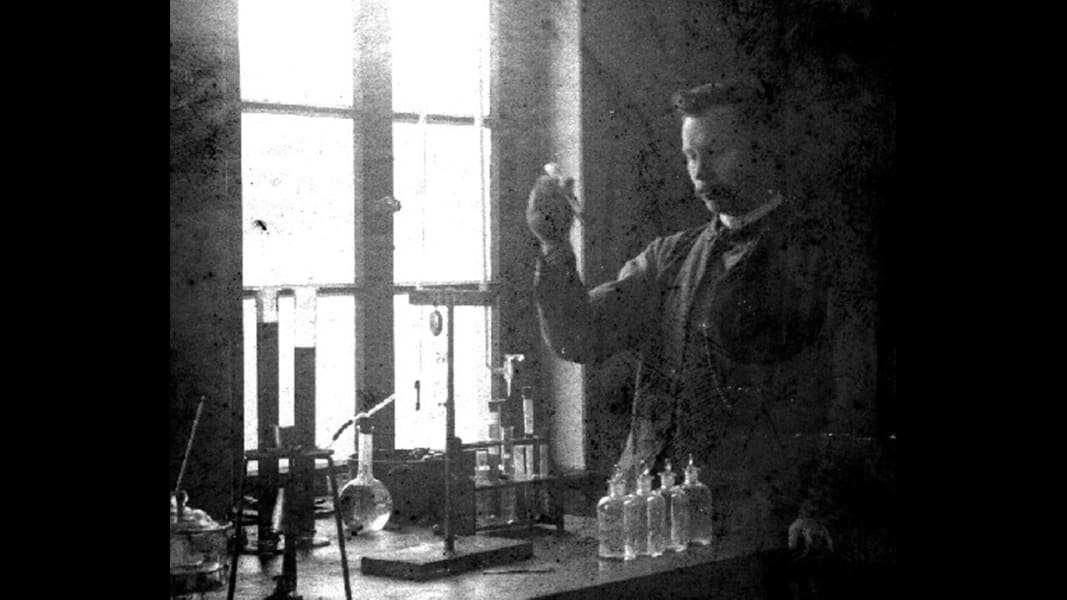Share


1 of 12
The World Health Organization wants global elimination of artificial trans fats by 2023.
In the United States, the Food and Drug Administration has already taken steps toward eliminating most trans fat from food. In 2015, it released a final determination that partially hydrogenated oils "are not Generally Recognized as Safe." Jeff J Mitchell/Getty Images
In the United States, the Food and Drug Administration has already taken steps toward eliminating most trans fat from food. In 2015, it released a final determination that partially hydrogenated oils "are not Generally Recognized as Safe." Jeff J Mitchell/Getty Images
Paul Sabatier won the 1912 Nobel Prize in Chemistry for discovering the hydrogenation method. His research detailed the way nickel could be used as a catalyst to create chemical reactions between hydrogen molecules and other compounds. This laid the groundwork for the creation of hydrogenated oils. Mary Evans Picture Library/Everett Collection
Wilhelm Normann was awarded a patent in 1903 for the "Process for the Conversion of Unsaturated Fatty Acids or Their Glycerides into Saturated Compounds." Basically, Normann figured out how to turn liquid oils into a thicker, firmer substance through hydrogenation. This solid fat was less likely to spoil and cheaper to produce and transport.
Procter & Gamble introduced Crisco to consumers in 1911 to "provide an economical alternative to animal fats and butter." The vegetable shortening was the first manufactured food product to contain trans fat.
The Kaltman family tries to sell as much butter as possible at their New York dairy store in 1943 before a government deadline to freeze sales. During World War II, the federal government rationed butter in an attempt to control supply and demand while manufacturing plants were being used to support the war effort. As a result, margarine, which contains trans fat, grew in popularity. Arthur Fellig/International Center of Photography/Getty Images
In 1957, the American Heart Association started encouraging people to limit fat in their diets in an effort to lower the risk of heart disease. Jacobsen /Three Lions/Getty Images
As the popularity of fast-food restaurants grew, so did Americans' consumption of fat, calories and salt. In 1984, advocacy groups started campaigning to get saturated fat removed from fast-food chains. As a result, more restaurants began using partially hydrogenated oils that contained trans fat. SSPL/Getty Images
Advocacy groups switched their focus to banning trans fats in the early 1990s after several scientific studies showed that they increased the risk of coronary heart disease. By this time, Americans' trans fat intake averaged 4% to 7% of calories from fat, according to the Harvard School of Public Health. Susan Watts/NY Daily News Archive via Getty Images
In 2004, Denmark made it illegal for any food to have more than 2% trans fats.
A new WHO initiative, called REPLACE, will provide guidance for all countries on how to remove artificial trans fats from food, possibly leading to worldwide eradication.
John McConnico/ap
A new WHO initiative, called REPLACE, will provide guidance for all countries on how to remove artificial trans fats from food, possibly leading to worldwide eradication.
John McConnico/ap
In 2006, the FDA implemented a rule requiring manufacturers to list trans fat on nutrition labels. Companies can claim that their food has zero grams of trans fat if the it contains less than 0.5 grams of trans fat per serving. Consumers can check the ingredient list for "partially hydrogenated oil" to see whether there is a small amount of trans fat present. Courtesy FDA
In 2007, New York became the first city to ban the use of partially hydrogenated vegetable oils and spreads in restaurants. A five-year follow-up study showed that the average trans fat content of New York customers' meals dropped from about 3 grams to 0.5 grams. The ban encouraged food companies across the country to remove trans fat from their products. McCain Foods/PRNewsFoto/ap
Even state fairs jumped on board, many asking vendors to cook summer favorites -- like these deep-fried Milky Ways at the Indiana State Fair -- in trans fat-free oils. Darron Cummings/AP



















